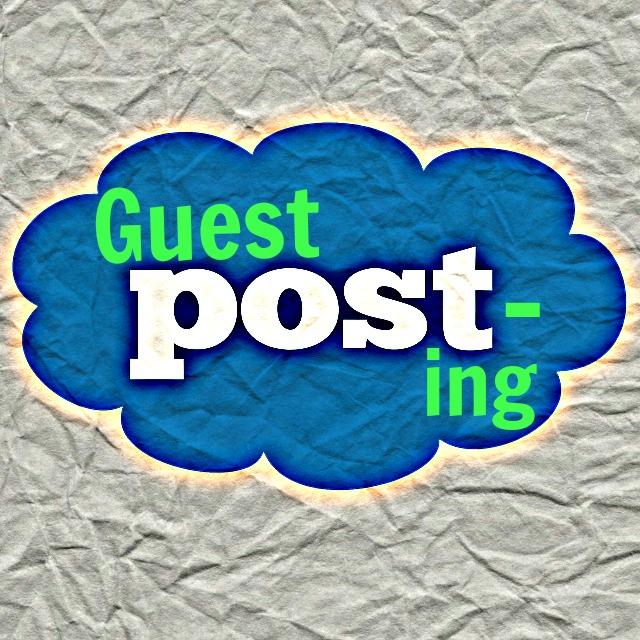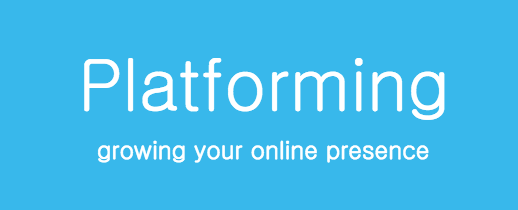
How to Write a Great Story in 5 Steps
People have always had a natural talent for telling stories. It is an essential means of communication and understanding…
November 10, 2024
People have always had a natural talent for telling stories. It is an essential means of communication and understanding…
November 10, 2024
The release date of my first book was etched in my mind. I eagerly shared the news, and excitement…
May 9, 2024
“Let all bitterness, wrath, anger, clamor, and evil speaking be put away from you, with all malice. And be…
December 26, 2023
Sustainability is a hot topic in every industry. 69% of consumers say they’ve made changes to their shopping habits…
October 28, 2023
“You’ve drawn back,” that familiar voice whispered to my heart. I tried to shrug off the nudge. I knew…
October 19, 2023
In 2001, I signed a contract to write four children’s science-fantasy adventure books with an impossible deadline. The contract…
September 22, 2023
Unless you’re a whale, walrus, or flat haired rat, your world is not black and white. And since none…
August 19, 2023
Writing can be a solitary journey. But what if you had a companion to guide you, to help you…
July 9, 2023
The art of writing continues to evolve. Today’s readership craves stories with an emotional impact and a brisk pace, even…
June 26, 2023
Whether you write professionally or simply want to publish your first novelette, your success depends on more than just…
April 10, 2023
A headline is the title of an article or any other publication the purpose of which is to get…
March 19, 2023
Living in the high-tech age means storing all your best moments on devices. Although technological progress promotes photos to…
September 13, 2022
There are numerous cases when poor-quality articles have numerous clicks due to their catchy and attractive titles. Of course,…
March 28, 2022
One of the best ways to market your books, especially when starting out, is through stellar email writing. Email…
March 26, 2022
Guest post writing is one of the best tools you can use to create a good reputation and help…
April 26, 2021
Overwhelmed. Exhausted. Enlightened. I struggled to stay awake on the drive home from the Ohio Christian Writers Conference, my…
November 16, 2017
The golden rule for guest blogging is straightforward—Deliver solid content on time. Beyond that, there are a few simple steps you…
July 11, 2016
Everyone needs a break from time to time. For a writer building a platform, taking a social media break…
June 21, 2016
If you’ve never been a guest at another site, it can be intimidating. You take a risk by asking…
August 19, 2015